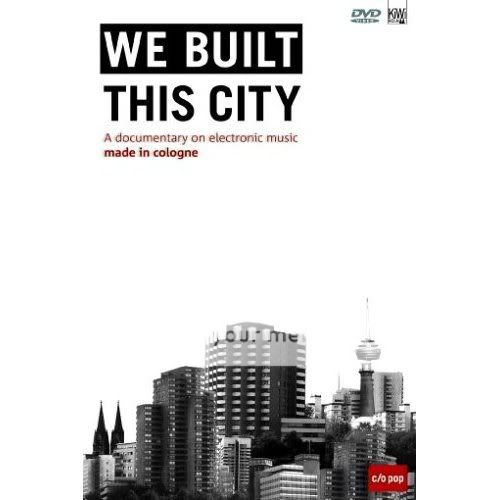
Greater London
Between 1666 and 1821, London’s population rose from half a million to 1.2 million. As the centre of the British Empire, London became the hub of world trade. The first Great Exhibition was held at London’s Crystal Palace in 1851 and it confirmed Great Britain’s role as the leading industrial nation. The population continued to climb quickly, partly due to the influx of immigrants from the colonies, rising to 6.6 million by 1901.
During World War II, around 35% of the city was destroyed by German air raids. Amazingly St. Paul’s Cathedral remained virtually unscathed, even though it stood right at the heart of the devastation that cost 10,000 lives. London was able to rebuild its economic might following the war and, by the end of the 1950s, most of the damage had been repaired. In 1965, London’s neighbouring suburbs, which were home to countless workers, became part of the city - the urban sprawl that is Greater London was born. It covers an area stretching to around 1,580 square kilometres and is divided into a total of 32 districts, or boroughs. Of the total population of 7.7 million, approximately 2.7 million live in the central parts of the city that make up Inner London.
Today the city remains a royal residence and host to the government, the Houses of Parliament, courts of law and major public authorities. As the capital of Great Britain, a financial, commercial and administrative centre and a cultural and political focal point for the entire nation, London is truly one of the largest cities on the globe.
| This image has been resized. Click this bar to view the full image. The original image is sized 640x360. |

| This image has been resized. Click this bar to view the full image. The original image is sized 640x360. |

| This image has been resized. Click this bar to view the full image. The original image is sized 640x360. |

| This image has been resized. Click this bar to view the full image. The original image is sized 640x360. |




New York City – the city that reached for the starsBy the completion of the Erie Canal in 1825, New York had become a burgeoning centre of commerce, industry and finance. The population more than doubled between 1820 and 1840 and doubled again in the next ten years. As space was at a premium, the start of the 20th century saw New Yorkers turn their eyes to the heavens and the first skyscrapers, such as the Woolworth Building, soon began to shoot up. But the events of 25 October 1929 changed the mood of the Wall Street bankers and their customers alike. On the day known as Black Friday, stocks and shares crashed and it seemed that the bubble had burst.
Despite economic instabilities, two major architectural projects did see completion: the Chrysler Building in 1930 and the Empire State Building in 1931. To accommodate the countless number of refugees that arrived from abroad during the 30s and 40s, the US relaxed its laws on immigration. The largest city in the US and comprising one of the most important economic areas on the globe, New York has been home to approximately eight million people since 1953.
| This image has been resized. Click this bar to view the full image. The original image is sized 1024x576. |

| This image has been resized. Click this bar to view the full image. The original image is sized 1024x576. |

| This image has been resized. Click this bar to view the full image. The original image is sized 1024x576. |

| This image has been resized. Click this bar to view the full image. The original image is sized 1024x576. |


0 comments:
Post a Comment